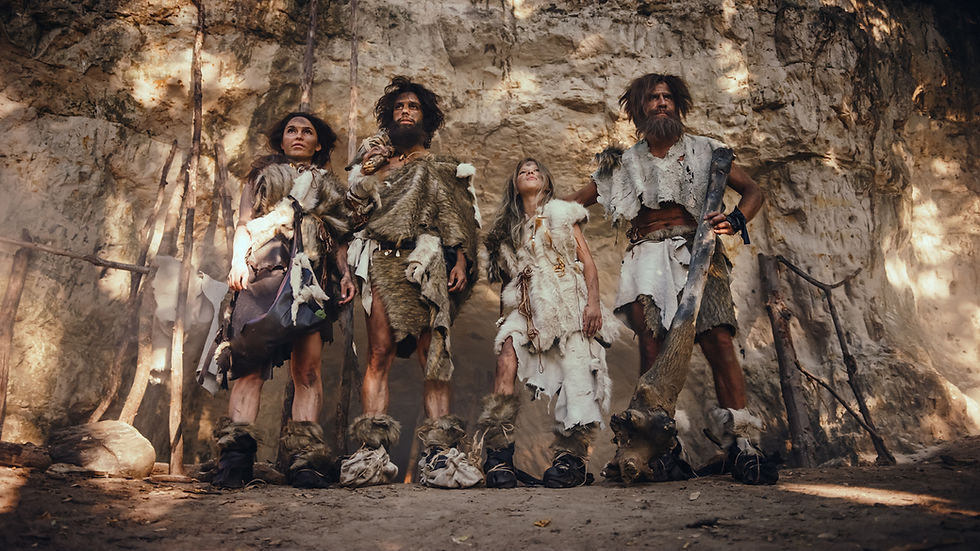We have been going over different diets all week to help promote healthy eating habits and help you achieve your 2020 goals and keep your resolutions.

There are SO MANY different diets out there; some of them work, some most definitely don't. The key to embracing any lifestyle change is balance. Aim for discipline but be gentle with yourself if ever you can't help but chow down on those donuts your coworker brought in. You deserve it!
Another important factor to consider is having a well-rounded healthy lifestyle. Eating healthy is super important. However, if you're pretty much sedentary all day at the office and then go home and collapse on the couch in front of the TV, you're not doing your body much of a favour.
A general rule of thumb for weight loss is 75% diet and 25% exercise. You gotta move! Get to the gym, go on walks, dust off that treadmill... whatever activity you choose to incorporate into your healthy lifestyle, just commit and do it!

To close off our DIFFERENT DIET WEEK, let's do a quick a rundown of some of the other diets out there. Remember, we're not doctors! Check with a healthcare practitioner before making any dramatic changes to your lifestyle.
The Flexitarian Diet:
So, this diet is pretty easy to breakdown; it's a simple mathematical equation:
FLEXIBLE + VEGETARIAN = FLEXITARIAN
Essentially, if you're following a Flexitarian Diet, you're a sometimes (most of the time) vegetarian. This diet requires you to eat lots of fruits and veggies and plant-based proteins with the occasional burger, steak or chicken wing thrown into the mix.
It is so important to not allow yourself to fall into what we call the "lazy vegetarian trap". Yes, pasta and carbs in general are vegetarian... do not focus your meals around carbs. Get creative with the way you cook your veggies, try fruits you never have before and explore the wonderful world of plant-based proteins. ILIOS Foods has got you covered there with our wide range of beans and legumes.
One of our FAVOURITE resources for creative vegetarian recipes is Oh She Glows. Check it out!

Intermittent Fasting:
Intermittent fasting is all the rage. It claims to help with weight loss, regulate your metabolism and add years to your life. There are several different ways you can do it, but here are some of the most popular:
The 16/8 Method:
This method requires you to fast for 16 hours out of your day and to eat your healthy meals and snacks during the remaining 8 hours. Basically, after dinner around 7/8pm you would stop eating until lunchtime the following day.
This is probably one of the easiest ways to practice intermittent fasting because you're sleeping for a good chunk of the 16 hours. And, good news! You can still drink your coffee so long as you drink it black since beverages with zero calories are permitted.
The 5/2 Method:
This method involves eating normally 5 days out of the week (1500-2500 calories per day depending on your size, gender, etc...) and restricting your calories to 500-600 two days out of the week.
The "fasting days" should be spread out and not planned back-to-back. Ex. you should be reducing your calories on days 2 and 5 and eating normally the rest of the week.
Another version of this method, coined the "Eat-Stop-Eat Method" is essentially the same idea but instead of allowing yourself 500-600 calories on fasting days, you are not eating at all 2 days out of 7.
The Warrior Method:
This method is involves only eating raw fruits and veggies during the day (no dips!) and eating one huge meal at night.
Basically, you're fasting all day and then feasting at night. The food choices you make for dinner are similar to those recommended when on a paleo diet which we will see next.
The Paleo Diet:
The main idea behind the Paleo Diet is to eat what we would have eaten thousands if not millions of years ago. Foods that can be gathered, hunted and fished. This diet is appropriately also known as the caveman or Stone Age diet.

Here is a quick overview of what you can and can not eat when on the Paleo diet:
What to eat:
Fruits
Vegetables
Nuts and seeds
Lean meats, especially grass-fed animals or wild game
Fish, especially those rich in omega-3 fatty acids, such as salmon, mackerel and albacore tuna
Oils from fruits and nuts, such as olive oil or walnut oil
What to avoid
Grains, such as wheat, oats and barley
Legumes, such as beans, lentils, peanuts and peas
Dairy products
Refined sugar
Salt
Potatoes
Highly processed foods in general
The KETO Diet
We spoke about the Keto diet earlier this week so we won't go over it again in too much detail. Essentially a Keto Diet is high in healthy fats, incorporates a medium amount of protein and eliminated carbs completely to allow your body to achieve the metabolic state known as ketosis.
Check out our article from earlier this week to learn all about it!

The Mediterranean Diet
The Mediterranean Diet is by far the favourite diet we have looked at. Ok... maybe we're a bit biased since ILIOS means "sunshine" in Greek and Greece is a Mediterranean paradise.
This diet focuses on eating lean proteins, fresh fruits and vegetables and whole grains. Asides from avoiding refined sugar and processed foods, this diet is not super restrictive and even encourages a nice glass (or two!) of wine with your meals.
Check out our video for all the DOs and DON'Ts of the Mediterranean Diet:
And now it's time to have a little fun with some of the WORST DIETS of the last decade.
Disclaimer: ILIOS Foods DOES NOT recommend any of these diets.

Comments